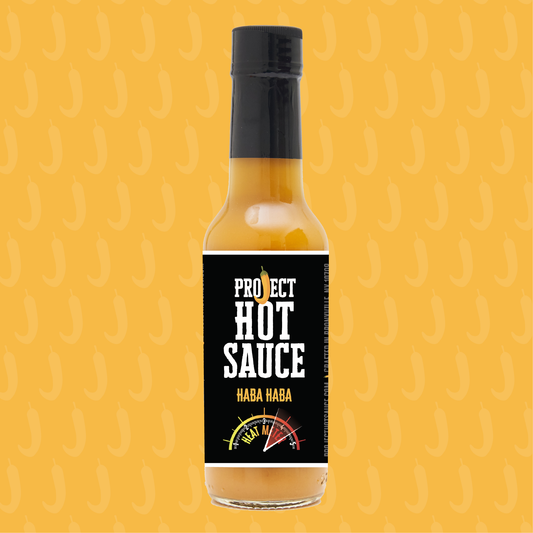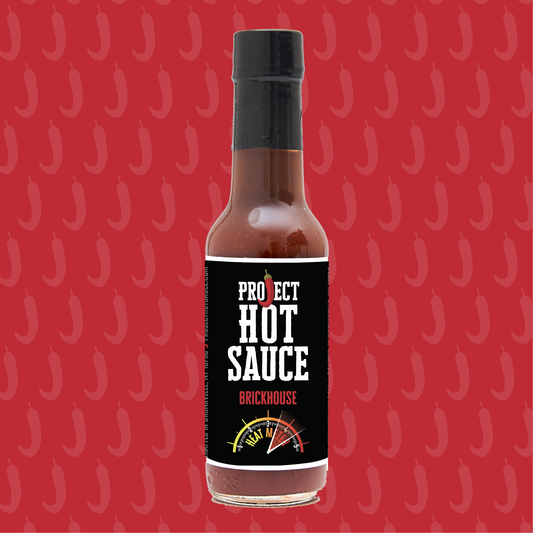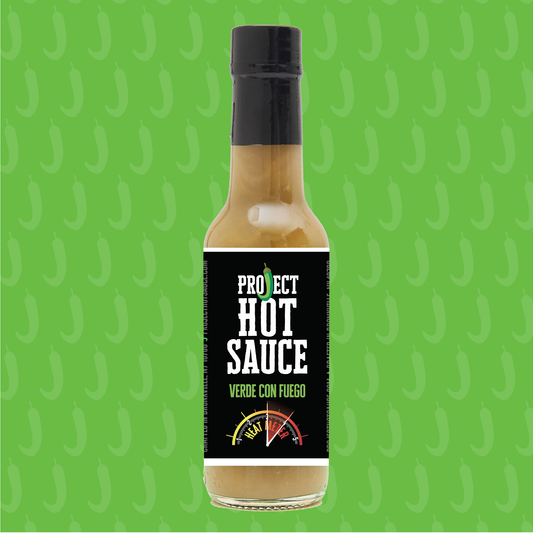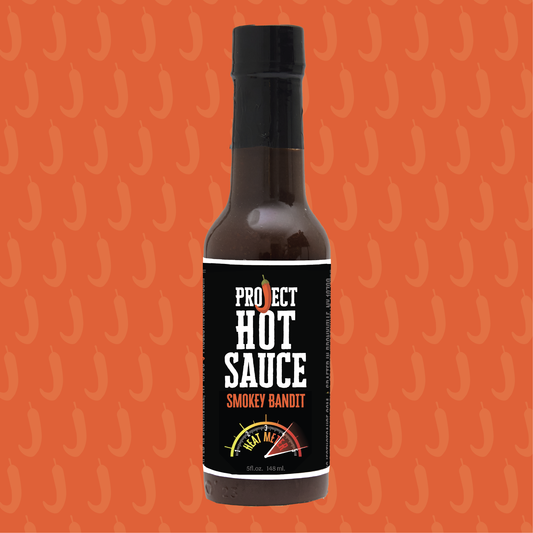Pineapple habanero sauce brings together tropical sweetness and intense heat in a combination that transforms ordinary dishes into memorable culinary experiences. This sauce variety leverages the natural fruit sugars in pineapple to balance habanero's aggressive heat while adding bright, tangy notes that work across multiple cuisines. Knowing how to incorporate this dynamic condiment into various recipes opens doors to exciting flavor possibilities.
Grilled Meat Applications & Marinades
Pineapple habanero sauce excels as a marinade base for grilled meats, where the fruit enzymes help tenderize proteins while the heat penetrates deep into the meat. The natural sugars caramelize during grilling, creating appealing char and complicated flavors that complement the sauce's heat profile. This combination works particularly well with pork, chicken, and beef preparations.
For pork tenderloin, combine pineapple habanero sauce with soy sauce, garlic, and lime juice to create a marinade that infuses the meat with tropical heat. The acid from the pineapple breaks down tough fibers while the habanero provides a warming heat that builds throughout the meal. Marinating for 4-6 hours allows flavors to penetrate fully without the acid making the meat mushy.
Chicken Wing Glazes & Finishing Sauces
Chicken wings provide an ideal canvas for pineapple habanero sauce applications. The skin crisps beautifully when the sauce is applied during the final minutes of cooking, creating a glossy finish that balances sweet and spicy elements. The fat content in chicken skin helps moderate the heat while carrying the pineapple flavors throughout each bite.
Create a wing glaze by reducing pineapple habanero sauce with honey and apple cider vinegar until it reaches a syrup consistency. This concentrated version provides intense flavor without making wings soggy. Apply the glaze twice during the final cooking phase, allowing each layer to caramelize before adding the next.
Seafood Pairings & Tropical Applications
Fish and shellfish pair naturally with pineapple habanero sauce, where the fruit's acidity complements seafood's delicate flavors while the heat adds excitement without overwhelming. Grilled salmon, mahi-mahi, and shrimp all benefit from this sauce's tropical character, creating dishes reminiscent of Caribbean and Pacific island cuisines.
For grilled shrimp skewers, brush with pineapple habanero sauce mixed with olive oil and fresh herbs. The quick cooking time prevents the sauce from burning while allowing flavors to penetrate the shrimp. Serve with additional sauce on the side for those who want extra heat and tropical flavor.
Ceviche & Raw Applications
The acidity in pineapple habanero sauce makes it suitable for ceviche preparations, where it can partially replace traditional citrus juices while adding heat and fruit flavors. Mix the sauce with fresh lime juice, diced red onion, and cilantro to create a spicy, tropical ceviche base that works with various white fish varieties.
Start with small amounts when using pineapple habanero sauce in ceviche, as the heat can intensify during the curing process. The fruit sugars balance the acid and heat while adding complexity that develops over the marinating time. This preparation works particularly well with firm fish like halibut or red snapper.
Vegetarian & Plant-Based Recipe Integration
Pineapple habanero sauce brings excitement to vegetarian dishes that might otherwise lack flavor intensity. Roasted vegetables benefit from the sauce's sweet heat, while grain bowls and plant-based proteins gain tropical flair that makes meatless meals satisfying and memorable.
Roasted cauliflower tossed with pineapple habanero sauce creates an addictive side dish that works with various main courses. The vegetable's mild flavor allows the sauce to shine while the roasting process caramelizes both the cauliflower's natural sugars and the sauce's pineapple content. Add the sauce during the final 10 minutes of roasting to prevent burning.
Tofu & Tempeh Preparations
Plant-based proteins like tofu and tempeh absorb pineapple habanero sauce readily, making them ideal for tropical-inspired vegetarian meals. Cube firm tofu and marinate in the sauce mixed with soy sauce and rice vinegar before stir-frying or grilling. The fruit enzymes help break down the soy protein while infusing heat and flavor throughout.
For tempeh applications, slice thin and pan-fry until crispy before tossing with pineapple habanero sauce. The nutty flavor of fermented soybeans complements the tropical heat while the crispy texture provides contrast to the sauce's smoothness. This preparation works well in grain bowls or as a protein addition to salads.
Breakfast & Brunch Applications
Pineapple habanero sauce brings tropical excitement to morning meals, where its fruit content feels natural while the heat provides energizing spice. Breakfast hash, eggs benedict, and morning grain bowls all benefit from strategic applications of this sweet-heat combination.
Create a tropical breakfast hash by sautéing diced potatoes, bell peppers, and onions until crispy, then tossing with pineapple habanero sauce and fresh herbs. Top with fried eggs and serve with avocado for a complete breakfast that combines comfort food satisfaction with tropical heat excitement.
Smoothie Bowl & Yogurt Applications
While unconventional, small amounts of pineapple habanero sauce can add interesting complexity to fruit-forward breakfast bowls. Mix tiny amounts into mango or pineapple smoothie bowls for adventurous diners who enjoy sweet-heat combinations. The key lies in restraint, using just enough sauce to provide warming heat without overwhelming the fruit flavors.
Greek yogurt parfaits benefit from subtle pineapple habanero sauce applications, where the dairy's cooling properties balance the heat while the tropical flavors complement fresh fruits. This application works best with plain yogurt and fresh pineapple, creating layered flavor experiences that build from cooling to warming as you eat.
Advanced Culinary Applications & Technique Integration
Professional kitchen techniques can maximize pineapple habanero sauce's level in home cooking applications. Reduction methods concentrate flavors while removing excess moisture, creating intense finishing sauces that provide maximum impact with minimal volume. These techniques work particularly well for plating and presentation purposes.
Reduce pineapple habanero sauce by half over medium heat, stirring frequently to prevent burning. The concentrated version works as a drizzle for plated dishes or as a base for more complicated sauce preparations. Add butter or cream during the final moments for richness, or fresh herbs for brightness and color contrast.
Fermentation & Preservation Techniques
Home fermentation can develop pineapple habanero sauce flavors further while extending shelf life naturally. Lacto-fermentation creates beneficial bacteria while developing complicated flavors that complement the original sweet-heat profile. This process requires careful sanitation and monitoring but results in superior flavor development.





